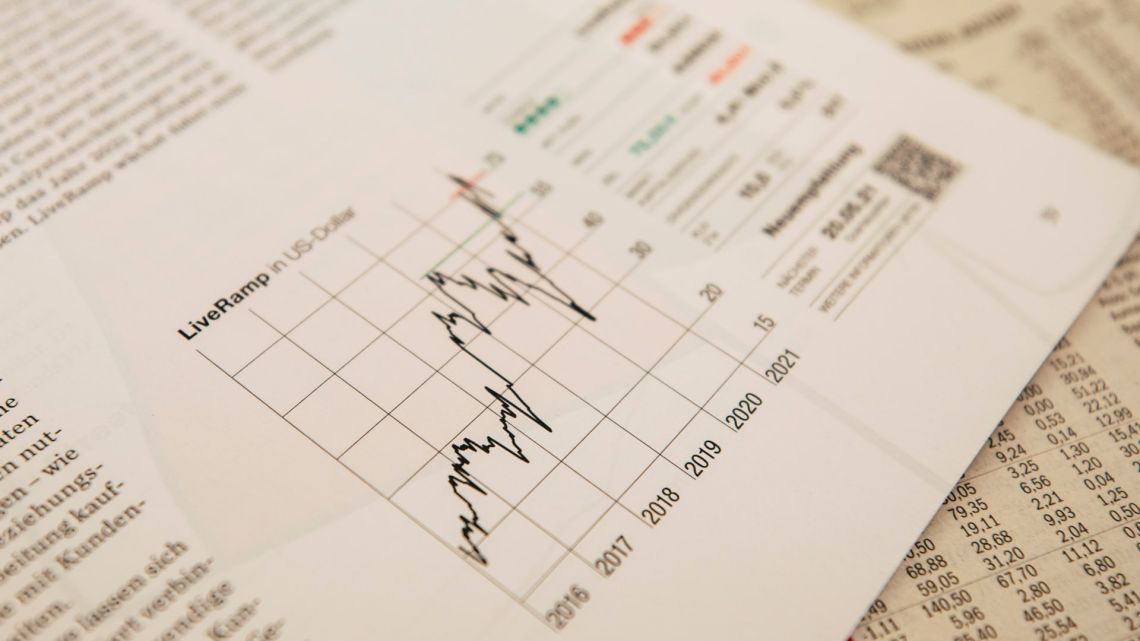
Convertible bonds are gaining attention as an asset class that offers investors a unique combination of exposure to stocks and bonds. In a volatile market landscape, these bonds provide downside protection while promising a smoother investment journey.
A Low-Volatility Equity Strategy
Eli Pars, co-chief investment officer at Calamos Investments, the largest manager of convertibles in the U.S., notes that convertible bonds can be viewed as a low-volatility equity strategy. Over a complete market cycle, investors historically have been able to achieve similar returns to the equity market but with approximately one-third less volatility.
The Hybrid Nature of Convertible Bonds
What sets convertible bonds apart from traditional debt is their hybrid nature. These securities pay a fixed interest rate and offer the option for investors to exchange the debt for shares of the issuing company if the stock price appreciates. This unique characteristic combines the protective qualities of bonds with the potential upside of stocks.
Expanding Investment Opportunities
According to Michael Arone, chief investment strategist at State Street Global Advisors, convertible bonds are an intriguing and often overlooked option for investors seeking to balance equity exposure with bond-like qualities. In 2023, total returns for convertible bonds have been positive, with the $3.4 billion SPDR Bloomberg Convertible Securities exchange-traded fund (ticker: CWB) delivering 2% returns compared to negative returns for traditional bonds. On the other hand, the $89 billion broad-market iShares Core U.S. Aggregate Bond ETF (AGG) has experienced a decline of 2.5% this year.
Strong Performance and Potential Returns
Over the past 12 months, the SPDR Bloomberg Convertible Securities ETF has generated a return of 1.3%, according to Morningstar. Moreover, this ETF has achieved annualized total returns of 7.8% over the past decade.
Investors are recognizing the benefits of convertible bonds, appreciating their ability to navigate market volatility while offering the potential for attractive returns. As the investment landscape evolves, these unique securities continue to present valuable opportunities for savvy investors.
Investing in Convertibles: Opportunities and Considerations
Investing in convertible securities can offer unique opportunities for investors. There are several options available for investors to gain exposure to this asset class, including mutual funds, exchange-traded funds (ETFs), or individual securities. However, unlike traditional stock and bond funds, the Morningstar category of convertible funds has a limited selection, with only a few dozen names, including a handful of ETFs.
Calamos, a prominent player in the convertible market, offers a range of funds that cater to different investor preferences. Among their offerings are the actively managed Calamos Convertible fund (CCVIX), with assets totaling $837.2 million, and the Calamos Global Convertible fund (CAGCX), managing $121.1 million. In addition to their actively managed funds, Calamos also recently introduced their first convertibles ETF, known as the Calamos Convertible Equity Alternative (CVRT).
One of the key advantages of active management in the convertible space is the ability to carefully manage the equity sensitivity of the portfolio. Chiayi Tsui, an analyst at Morningstar Research Services, emphasizes the importance of this aspect. According to Tsui, "When your convertibles become like equity, they lose their ability to provide downside protection." This highlights the value of having an experienced team actively managing the fund.
For investors seeking passive exposure to convertibles, there are notable ETFs available. Two of the largest and well-known options include the SPDR Bloomberg Convertible Securities ETF and the iShares Convertible Bond ETF (ICVT), which has amassed $1.3 billion in assets and has delivered a solid return of 2.9% this year.
When considering convertible bond funds, it's crucial to take a long-term perspective. These investments tend to perform differently from both equities and traditional bonds. As Michael Youngworth, the head of global convertibles strategy at BofA Securities, explains, "Convertibles are almost never going to outperform equities, and during down markets they are almost never going to outperform bonds." Understanding and accepting the unique characteristics of convertibles is key to managing expectations.
In conclusion, investing in convertibles can be an attractive option for investors seeking a balance between equities and bonds. Whether through actively managed funds or passive ETFs, there are opportunities to gain exposure to this asset class. By considering the advantages of active management and recognizing the distinct nature of convertible securities, investors can make informed decisions and potentially benefit from this unique investment opportunity.













Write Your Comment